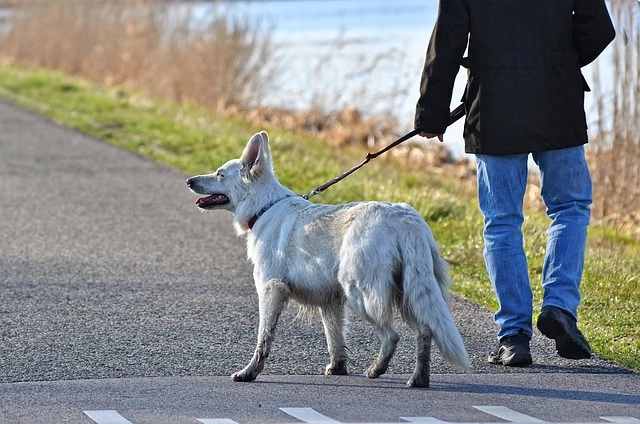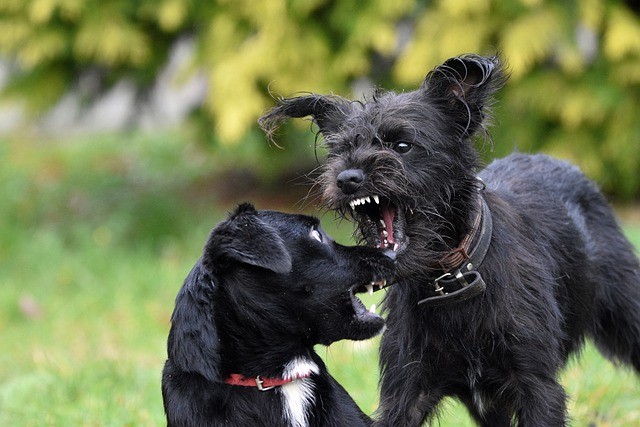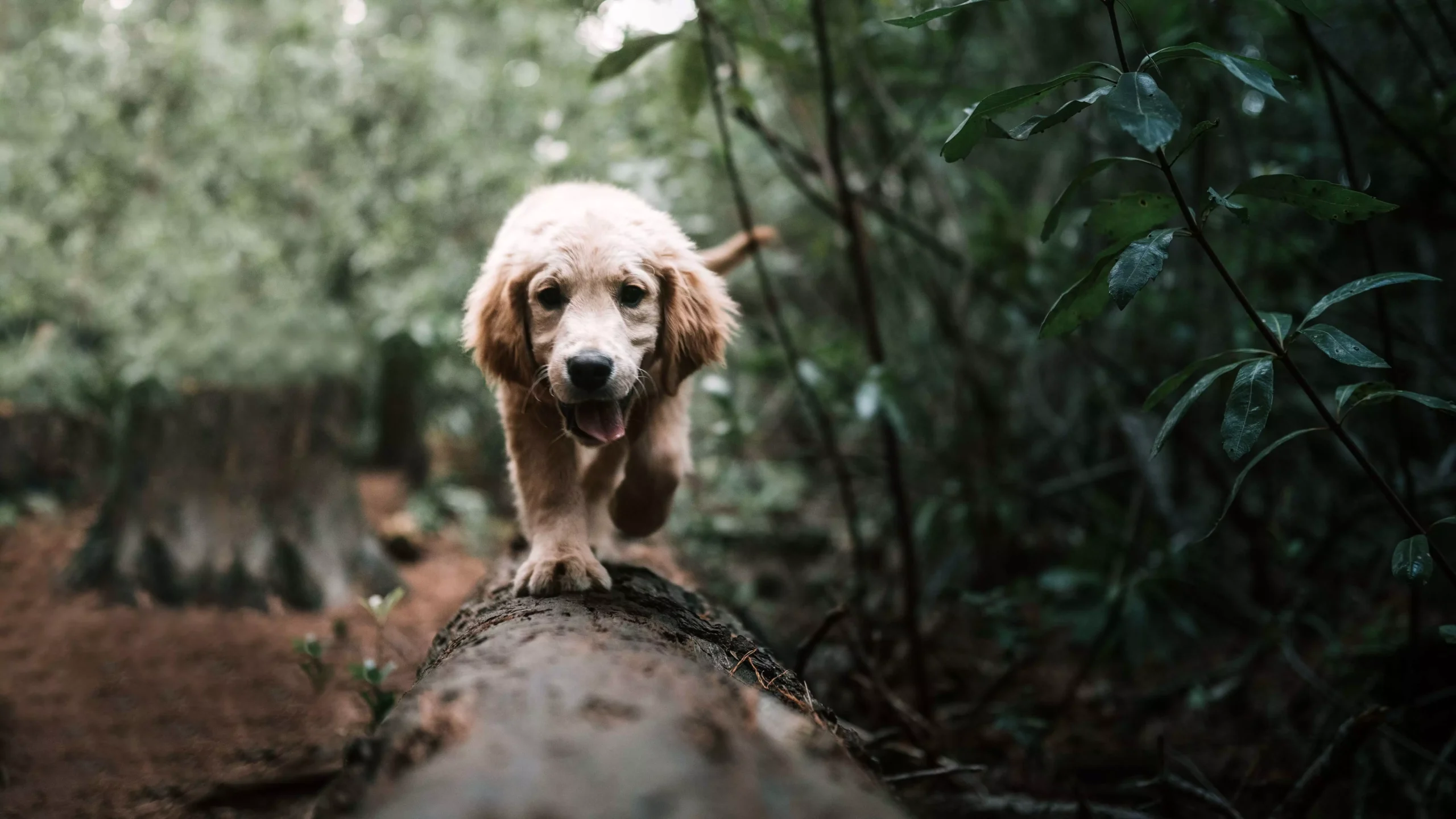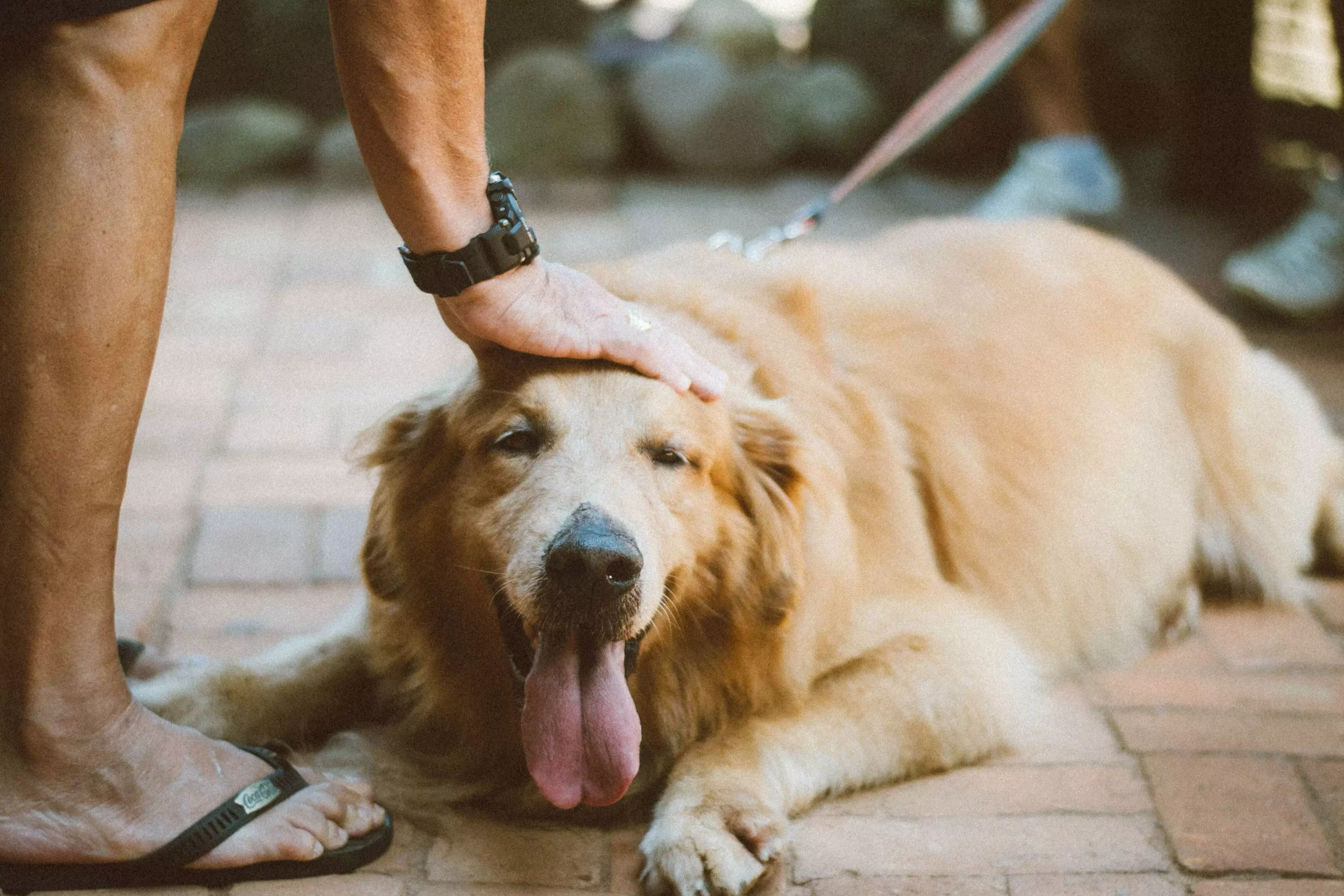Building a strong and trusting relationship with your dog is crucial for effective training. By establishing a positive connection, you can create a harmonious bond that allows for effective communication and learning. In this article, we will explore various techniques and tips to foster a positive training relationship with your furry friend.
Understanding Your Dog’s Needs
The first step in establishing a positive training relationship is to understand your dog’s needs. This includes recognizing their individual temperament and behavior. Each dog is unique and may respond differently to various training methods. By understanding their personality, you can tailor your training approach to suit their specific needs.
It is also important to identify your dog’s physical and mental exercise requirements. Dogs need regular exercise to stay healthy and happy. By providing them with enough physical and mental stimulation, you can reduce behavioral issues and create a calmer and more focused training environment.
Additionally, make sure to provide a safe and comfortable environment for your dog. This includes having a designated area for training sessions that is free from distractions and potential hazards. Creating a positive and secure space will help your dog feel more relaxed and receptive to training.
Developing Trust and Respect
Building trust is essential for a positive training relationship. One way to do this is through consistency and positive reinforcement. Dogs thrive on routine, so it is important to establish consistent expectations and rewards for desired behaviors. By consistently rewarding your dog for good behavior, they will learn to trust you and understand what is expected of them.
Socializing your dog is another important aspect of building trust and confidence. By exposing your dog to different people, animals, and environments, you can help them become more comfortable and confident in various situations. This will strengthen your bond and make training sessions more productive.
Establishing clear boundaries and rules is also crucial for developing trust and respect. Dogs need structure and guidance to understand their place in the family hierarchy. By setting clear boundaries and enforcing rules consistently, your dog will feel secure and understand their role in the training process.
Effective Communication and Training Techniques
Communication is key to a successful training relationship. Positive reinforcement is a powerful tool to motivate and reward desired behaviors. By using treats, praise, and affection, you can reinforce good behavior and encourage your dog to repeat it. This positive approach promotes trust and strengthens the bond between you and your dog.
In addition, it is important to use clear and consistent verbal and non-verbal cues during training. Dogs are highly observant of body language, so using consistent hand signals and cues will help them understand what you expect from them. Verbal cues, such as commands or praise, should also be delivered in a consistent tone and manner.
Understanding different learning styles is also crucial in establishing a positive training relationship. Dogs have different ways of learning, and some may respond better to visual cues, while others may prefer verbal reinforcement. By adapting your training methods to suit your dog’s learning style, you can make the training process more enjoyable and effective for both of you.
Patience and Persistence
Patience is a virtue when it comes to training your dog. It is important to maintain a calm and patient mindset during training sessions. Dogs can sense frustration or impatience, which can hinder their learning progress. By staying positive and patient, you create a more relaxed and enjoyable training environment.
Consistency is also key in training. Dogs learn through repetition, so it is important to be consistent in your training efforts. By consistently reinforcing desired behaviors and enforcing rules, your dog will understand what is expected of them and be more likely to repeat those behaviors.
In some cases, seeking professional assistance may be necessary when facing challenges or setbacks in training. Trainers or behaviorists can provide expert guidance and support to help you overcome specific issues and strengthen your training relationship.
Frequently Asked Questions (FAQs)
1. How long does it typically take to establish a positive training relationship with a dog?
The time it takes to establish a positive training relationship can vary depending on the dog’s temperament and previous experiences. It is important to be patient and consistent in your training efforts, as building trust takes time.
2. Is punishment an effective method for training dogs?
Punishment is not an effective method for training dogs. It can lead to fear, anxiety, and aggression. Positive reinforcement, on the other hand, is a more effective and humane approach that promotes trust and strengthens the training relationship.
3. Can an older dog still develop a positive training relationship?
Yes, older dogs can still develop a positive training relationship. Dogs are capable of learning at any age, and with patience and consistency, you can establish a positive training relationship with an older dog.
4. What if my dog shows signs of fear or aggression during training?
If your dog shows signs of fear or aggression during training, it is important to take a step back and assess the situation. Seek professional help from a trainer or behaviorist to address these issues safely and effectively.
5. How can I maintain a positive training relationship throughout my dog’s life?
To maintain a positive training relationship throughout your dog’s life, continue to reinforce desired behaviors and provide regular mental and physical exercise. Stay consistent, patient, and adapt your training methods as your dog’s needs change.
Conclusion
Establishing a positive and trusting training relationship with your dog requires time, effort, and understanding. By recognizing your dog’s needs, building trust and respect, employing effective communication techniques, and remaining patient and persistent, you can create a strong bond that will enhance your training efforts and deepen your connection with your furry companion. Remember, every dog is unique, so it’s crucial to adapt your approach to suit their individual needs.









